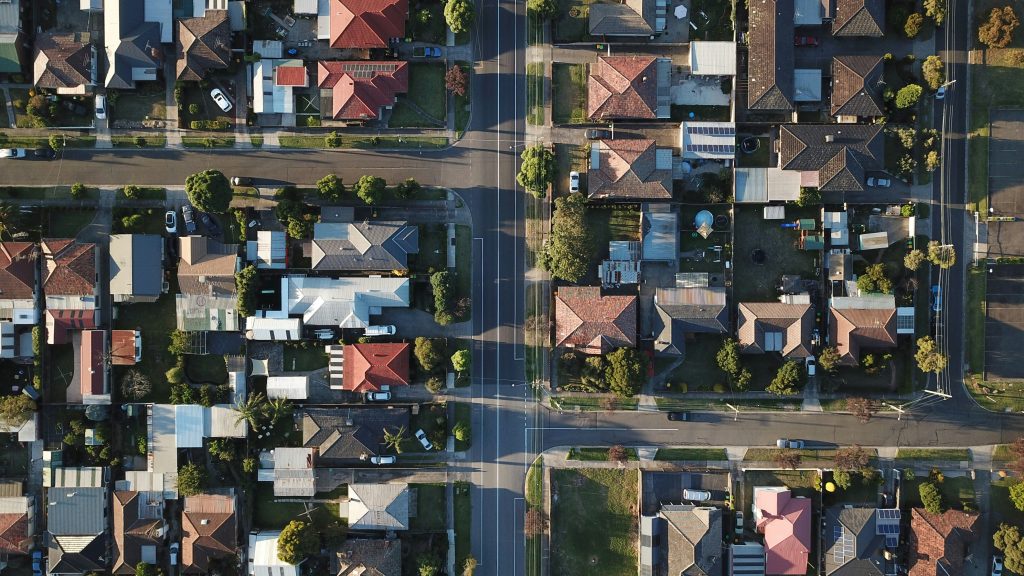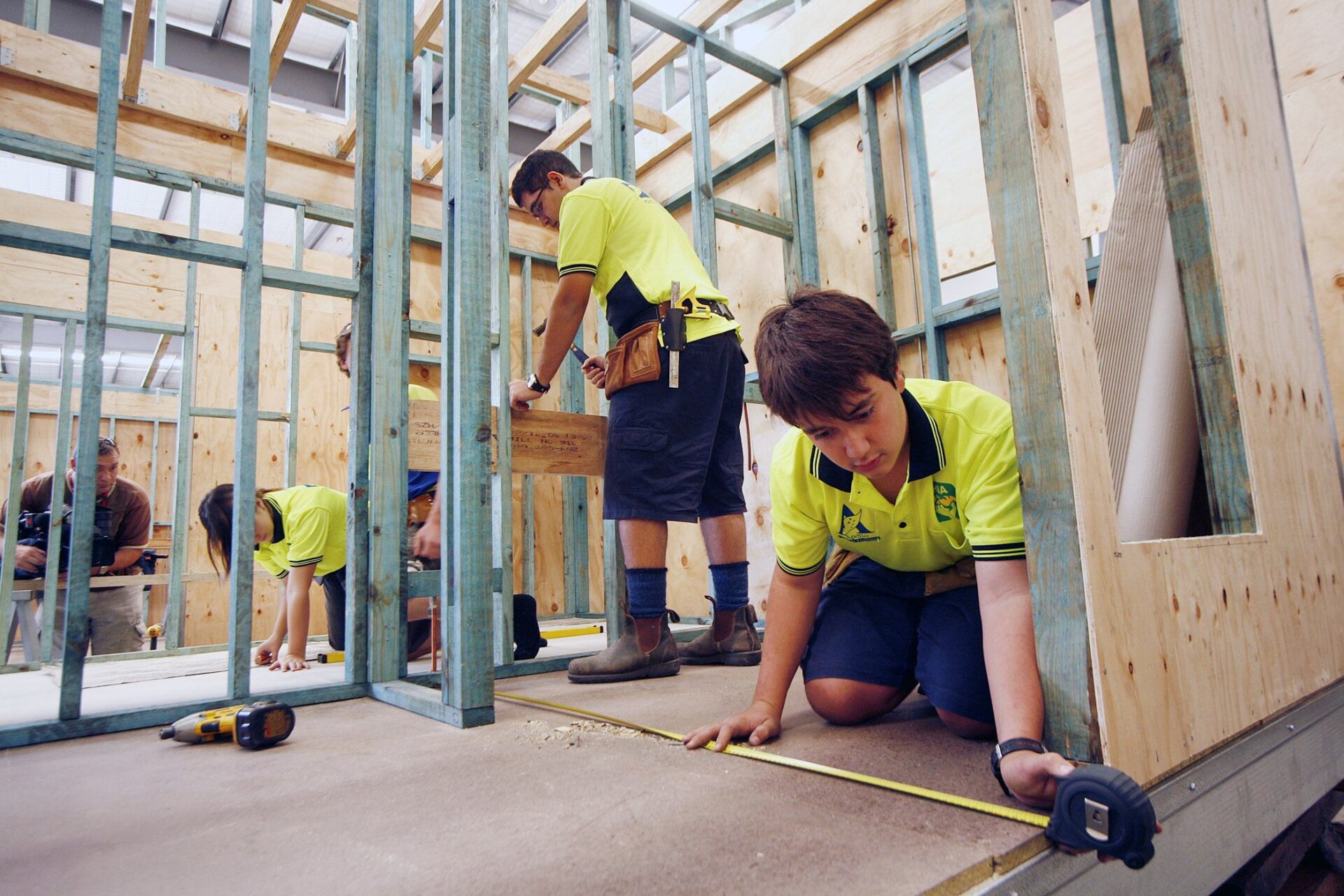A pickup in dwelling approvals and reduction in construction costs could help to ease the nation’s housing challenge, according to a report by NAB and independent property analytics firm CoreLogic.
The report, called the Australian Housing Accessibility Challenge, said data to the end of last year showed signs of the construction sector “turning a corner”, with dwelling approvals rising gradually from recent lows, houses under construction passing a historic peak, and construction costs unwinding sharply.
“Despite the recent normalisation in construction metrics, we will need to see a substantial comeback over the five years from July to reach the federal government’s ambitious target of 1.2 million well-located homes,” CoreLogic head of residential research Eliza Owen said.
“Annual dwelling approvals and completions are currently well below the target, which would require an average of 240,000 dwellings completed each year.”
Around 173,000 homes were completed in the 2022-23 financial year.
In a forum last November on community housing, NAB Affordable Housing Council Chair Cathryn Carver said the next two years loomed as a breakthrough period for much-needed expansion of the affordable and specialist housing sector.
“People want to get cut-through, and that desire is greater than I’ve ever seen before,” Ms Carver said.
“Institutional investors, of course, want to make a return but because the need is so great, they’re being more thoughtful and creative, and governments want and need to get involved, so I do think we’ll see momentum in 2024 and 2025.”
While the forum heard there was a lot of “energy and excitement” in the sector, institutional capital was still looking for a normalised return.
To date, this had largely been achieved through a small social input, such as a 10 per cent build-to-rent component in the overall structure.
“We have to flip this around so that the social impact is much larger,” Ms Carver said.
NAB had therefore looked at and implemented different structures to lower the risk of the transaction, enabling more cost-effective funding.
Ms Carver also welcomed the first funding round for applications to access the Housing Australia Future Fund and the National Housing Accord, saying it would be a game changer to drive the development of 40,000 social and affordable homes.
NAB Group Chief Executive Officer Ross McEwan has often said housing is one of the nation’s biggest challenges, with a disproportionate impact on younger and more vulnerable Australians if the settings were not corrected.
Mr McEwan said in the report that affordability was at a 30-year low and rents were rising rapidly because there were insufficient houses for Australia’s growing population, let alone enough affordable and social housing for people who needed support.
The gap between supply and demand had significantly widened to around 50,000 homes a year.
“All levels of government urgently need to collaborate on simpler and faster regulations, while freeing up suitable land for building,” Mr McEwan said.
“There also needs to be more targeted government support for social and affordable housing and more innovative construction methods to meet supply targets, such as modular housing.”
NAB, he said, wanted to play its part by lending an extra $6bn for affordable and specialist housing by 2029.
Dwelling completions have been trending lower since the September quarter of 2018, coming in at 173,993 in the 12 months to September last year.
While there was usually a strong correlation between approvals and completions, albeit with a nine-month lag, there was virtually no corresponding spike in completions through to the end of 2023, despite a hike in approvals between June 2020 and June 2021.
According to NAB Head of Valuations and Property Advisory Mark Browning, the reason was longer construction timelines.
“The challenge to secure labour for the construction industry, considering the significant infrastructure builds underway across most states, remains significant, with both training and targeted immigration on the horizon having the potential to assist,” he said.
“Without larger scale projects that are feasible from a cost perspective, cumulative dwelling sale price and ability to construct, the supply response that is needed to address the challenge is constrained.
“As noted, solutions are not simple or singular and will take time to show benefits.”
The capacity to deliver a high volume of approved dwellings was further hindered by rising insolvencies in the construction sector (albeit from very low levels), and reduced profits for construction firms, many of which were operating on fixed contracts.
According to the Reserve Bank’s latest financial stability review, construction firms represented a rapidly rising 30 per cent of company insolvencies in August last year.
About one in three large home builders were operating at a loss in March 2023.
Encouragingly, CoreLogic found that growth in construction costs was normalising, falling to 2.9 per cent growth in 2023.
With a relatively low number of dwellings approved for construction last year, the residential construction industry could now turn its attention to the pipeline of works to be completed, which had already started to show signs of easing.
“Construction costs are expected to continue rising at around historic average levels, with inputs like steel even showing a mild reduction in price,” Ms Owen said.
“Capacity more broadly in the construction sector is expected to increase, which will be aided by an expected lift in the unemployment rate.
“However, more will need to be done to boost construction to the tune of 1.2 million dwellings in the next five years. Upskilling labour for construction, rezoning parts of our cities for higher density, and diverting more resources to work through existing pipelines could all help make this ambitious target more realistic, as the construction sector finds some normalcy in 2024.”







